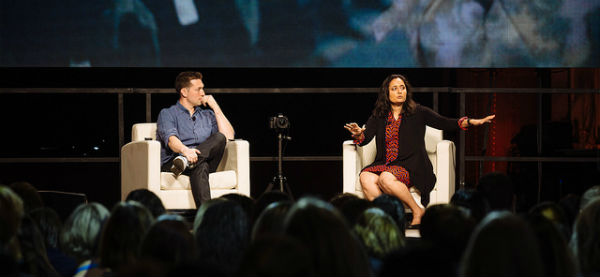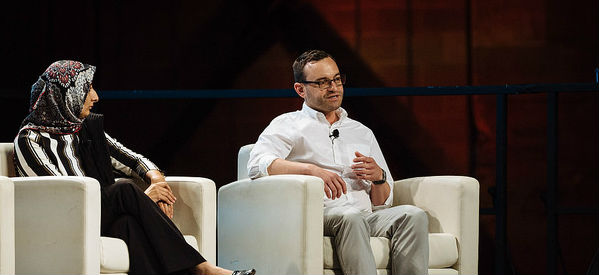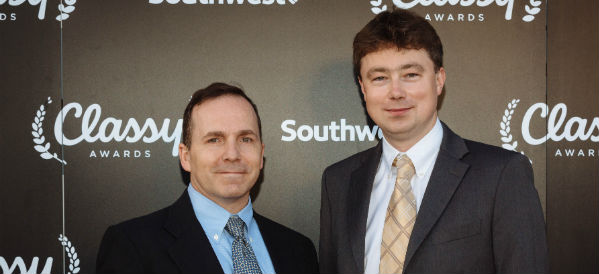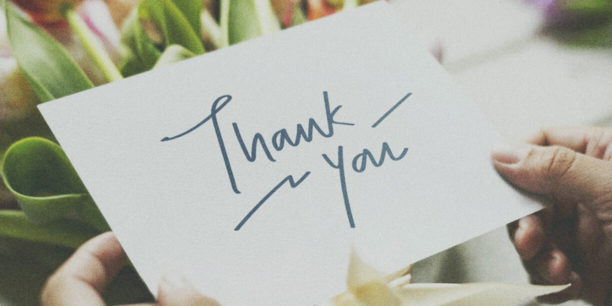Why These 7 Humanitarian Leaders Partner With Affected Populations
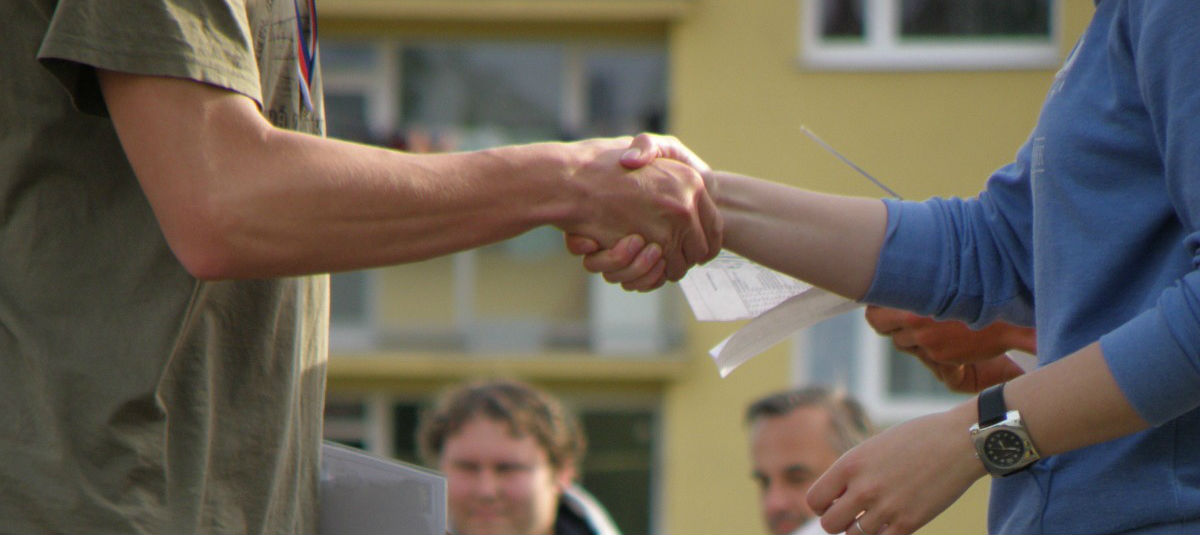
Request a Demo
Learn how top nonprofits use Classy to power their fundraising.
More than ever, nonprofits and social impact organizations recognize the value of listening to and collaborating with the people they seek to serve. In the past, some philanthropists and humanitarians would try to force a solution on populations without trying to understand them. Often, this type of strategy resulted in more harm than good. Today’s leaders know that these populations have their own expertise and power to solve problems. The most successful humanitarian organizations collaborate with their beneficiaries to help them achieve success.
Here, we’ve collected thoughts from seven social sector leaders on why beneficiaries need to be at the center of humanitarian work. They come from different cause sectors and organizations of various ages and size, but they are united in the conclusion that people impacted by a problem should have a voice in its solution.
1. Sonal Shah
“We’re moving from top-down to bottom-up. We’re used to solving big problems, especially in the social sector, we’re used to solving the big problems, defining what the solution is, and delivering the solution…Solutions exist in communities all around us.”
Sonal Shah is Executive Director at the Beeck Center for Social Impact and Innovation.
Watch “What Does Social Innovation Look Like Today?” with Sonal Shah
2. Cindy Jones-Nyland
“Heifer works in local communities. We start with that in mind and we understand the needs of those communities. We don’t come in and say to people, ‘Here is what you need to do.’ We form co-ops and we ask, ‘What do you need?’ They already understand what their needs are. We are there to support their needs.”
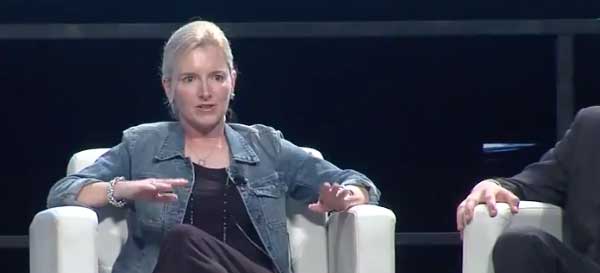
Cindy Jones-Nyland is the Former CMO of Heifer International.
3. Lina Sergie Attar
“Smart aid is something that everybody needs to be practicing. It means to do aid that’s long-term sustainable, community-driven—meaning people drive the aid, not the organizations—and it needs to have a deep impact that lasts for a very long time.”
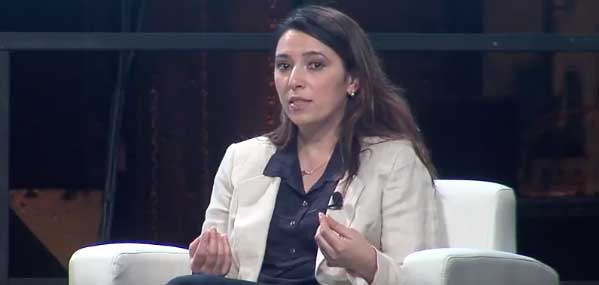
Lina Sergie Attar is CEO of the Karam Foundation.
4. Dr. Joe Zinter
“You have to strike the right balance of self-awareness and self-confidence. You have to be self-confident enough to get out there and try things, but you have to be self-aware enough to know how what you’re trying is being perceived. Is it working? Are you solving what it is you set out to solve?”
Dr. Joe Zinter is Advisor to Khushi Baby and the Assistant Director of Yale Center for Engineering Innovation & Design.
Watch “Social Impact By Design” with Dr. Joe Zinter
5. Eric James
“We don’t make assumptions about what people need. In fact, our assumption is that people are generally very resilient and have a lot of their capacities. So, it’s about identifying that, and our partnerships with a whole host of different organizations help us to that. The second thing is actually listening to people, not making presumptions about what they need, but problem solving together and trying to identify things that can make an impact.”
Eric James (left) is Director of Field Ready.
6. Ali Al Jundi
“We believe in the capacities of the local actors and we are trying to influence more and more of the humanitarian system to give more opportunities to local actors.”
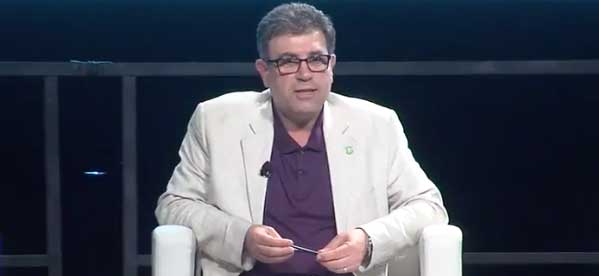
Ali Al Jundi is Syria Project Officer at Oxfam America.
7. Nathaniel Raymond
“Those who are affected themselves by disaster are innovating, are making decisions, are making demands. We are not the bosses; we work for those who are affected.”
Nathaniel Raymond is the Director of the Signal Program on Human Security and Technology at Harvard Humanitarian Initiative.
Find Out Why Nathaniel Raymond Wants You to STOP Innovating
From small startups to the largest humanitarian organizations in the world, the social sector is working with and learning from the populations affected by the world’s toughest problems. Their first-hand experience, unique knowledge, and creative ingenuity are assets the sector is just starting to tap into.
Learn from social sector leaders like these at the Collaborative.
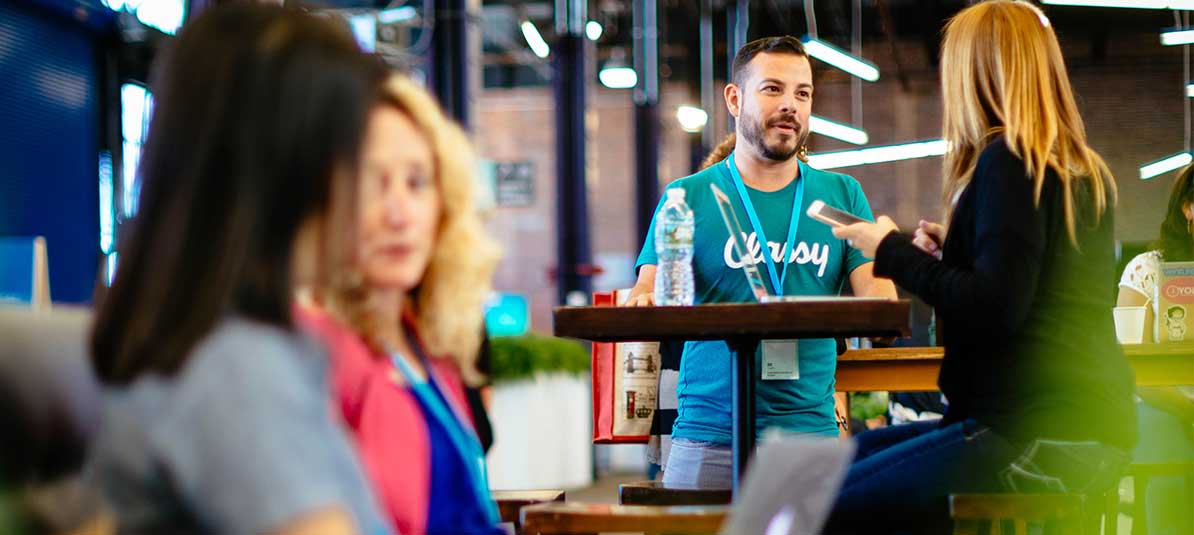
Save the Date for the 2019 Collaborative
Subscribe to the Classy Blog
Get the latest fundraising tips, trends, and ideas in your inbox.
Thank you for subscribing
You signed up for emails from Classy
Request a Demo
Learn how top nonprofits use Classy to power their fundraising.
 Explore Classy.org
Explore Classy.org 